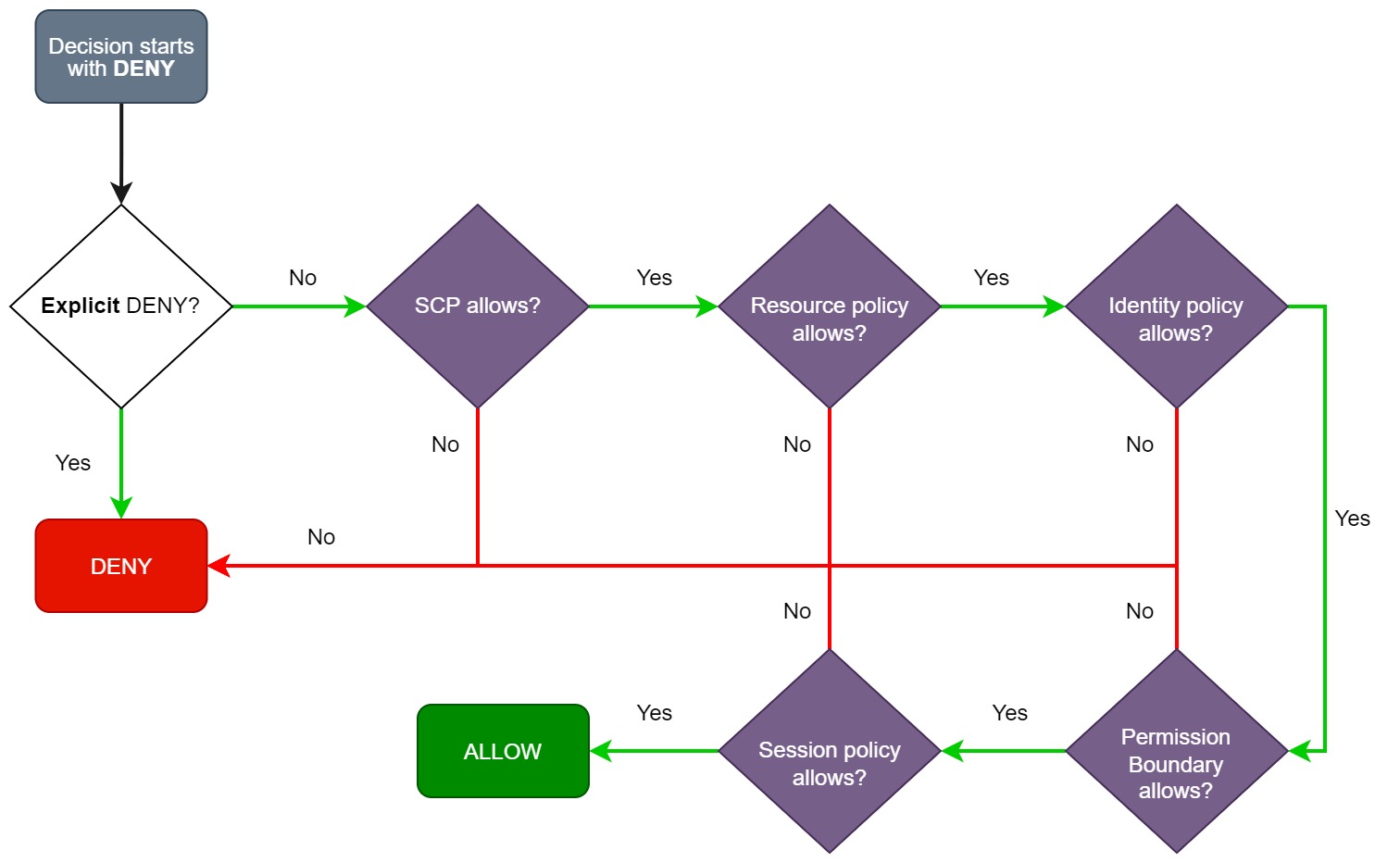Cloudfront Function URL Demo
Carlo Acebedo2023-10-03T19:03:42+00:00In this article, we will guide you through the process of setting up a CloudFront Function for your CloudFront distribution. We'll walk you through a scenario where we use CloudFront Functions to redirect users to different content based on their device type. By the end of this guide, you'll gain a clear understanding of how CloudFront Functions can benefit your specific use case. Creating an S3 Bucket This bucket will simply serve as a mock origin for the CloudFront distribution that we'll be creating. If you have some test buckets lying around, you may use them instead and skip this [...]










